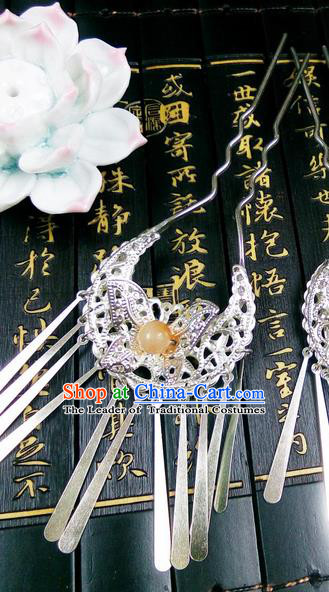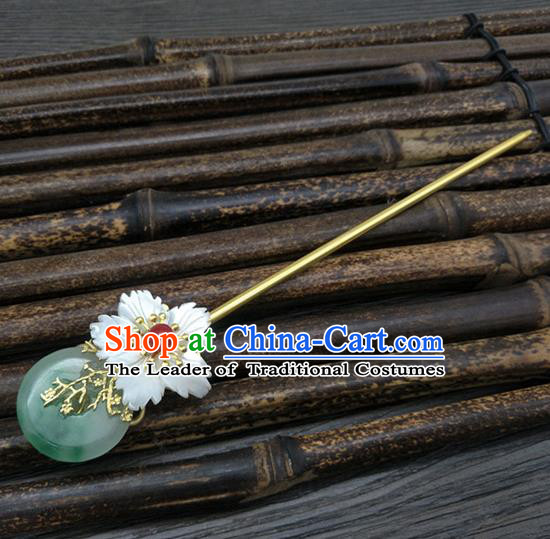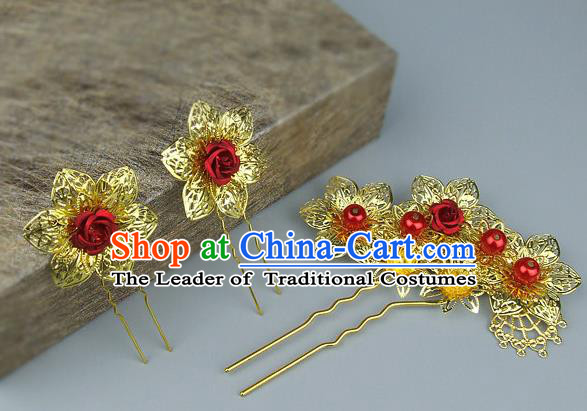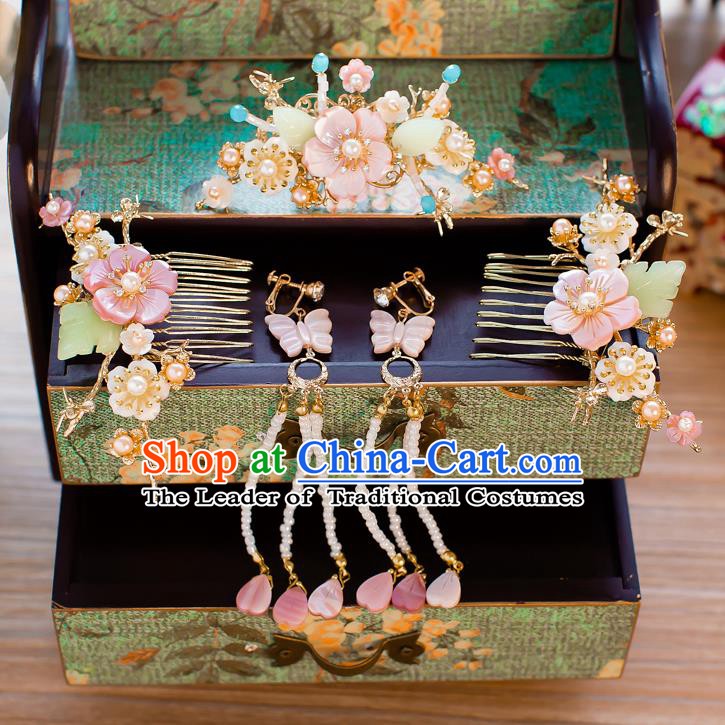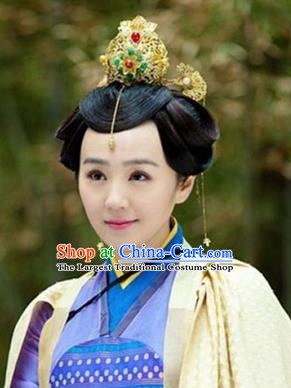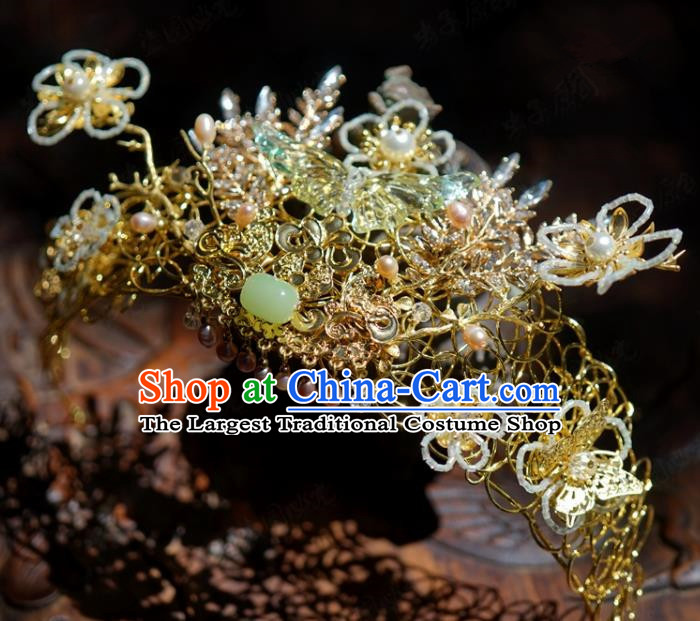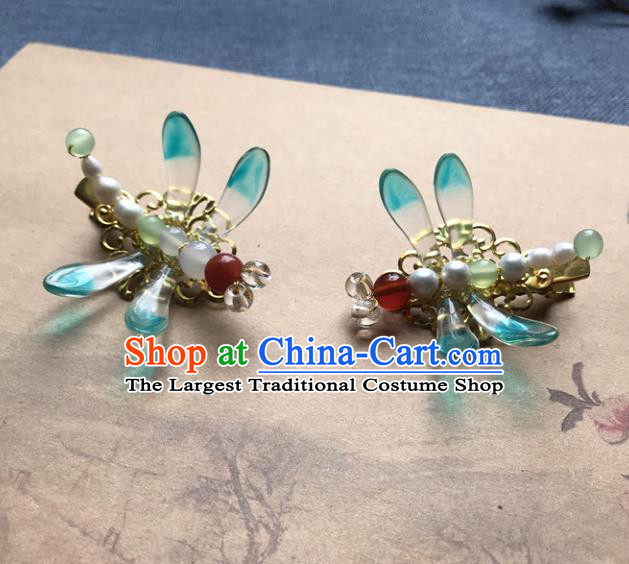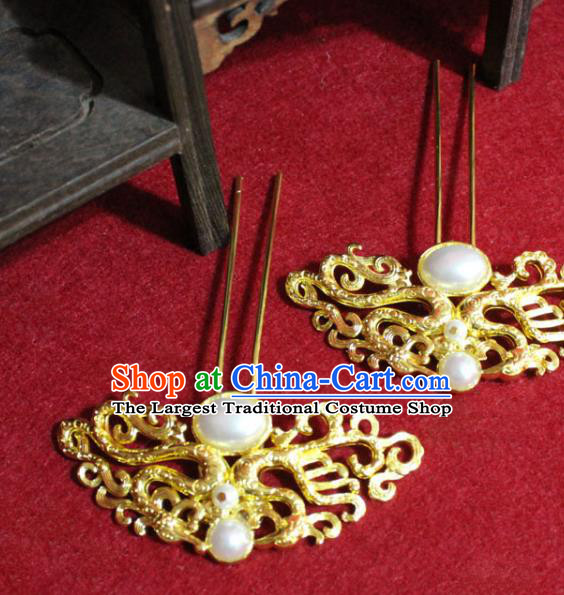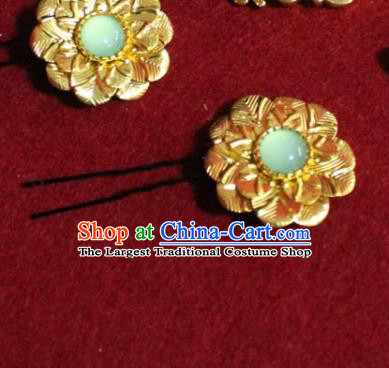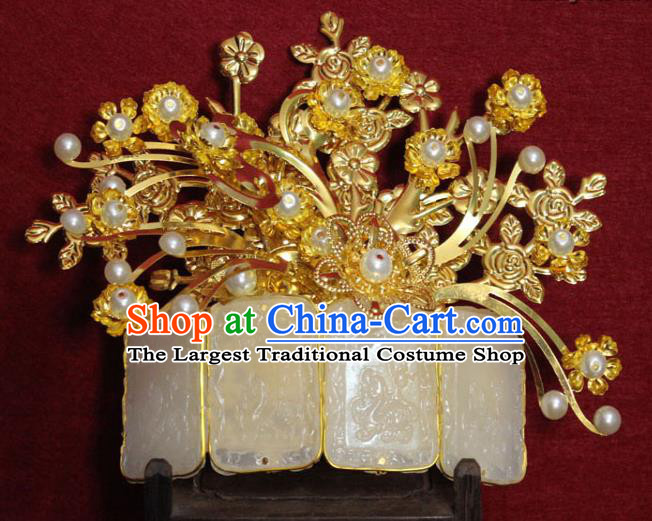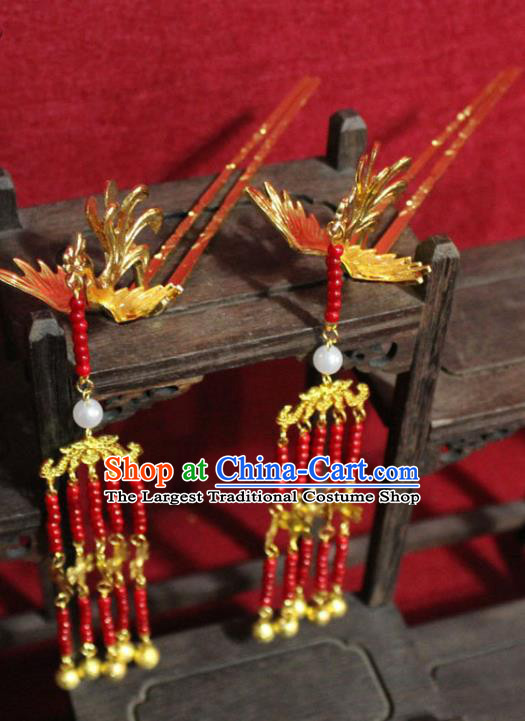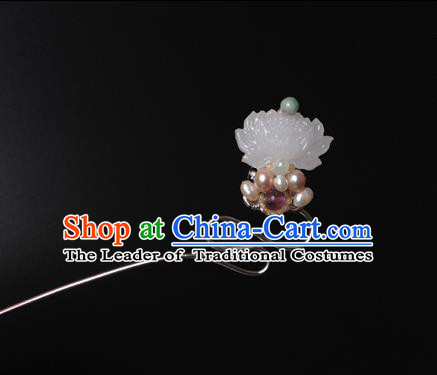
Click Related Pictures for More Audios:
Chinese Ancient Handmade Hair Accessories Pure Cupper Hairpins for Women
The Chinese ancient handmade hair accessories, especially the pure copper hairpins, are a testament to the rich cultural heritage and artistic craftsmanship of China.
These exquisite pieces showcase the intricate designs and delicate details that have been passed down through generations, making them not only beautiful but also culturally significant.
One of the most popular types of Chinese hair accessories is the pure copper hairpins.
Made from high-quality copper, these hairpins are known for their durability and resistance to corrosion.
They come in various shapes and sizes, with some featuring intricate patterns or symbols that hold symbolic meaning in Chinese culture.
For example, the "double happiness" hairpin symbolizes good fortune and happiness in marriage, while the "dragon and phoenix" hairpin represents prosperity and success.
Another type of Chinese hair accessory is the pure copper hair comb, which is often used to style the hair into a bun or other updo.
The comb is typically made from the same high-quality copper as the hairpins and can be adorned with intricate designs or patterns.
Some combs even feature small charms or beads that add a touch of elegance and personality to the hairstyle.
In addition to their aesthetic appeal, Chinese ancient handmade hair accessories also hold cultural significance.
They are often given as gifts during important occasions such as weddings or birthdays, and they serve as a symbol of respect and admiration for the recipient.
The intricate designs and attention to detail demonstrate the skill and dedication of the artisans who create these pieces, making them a valuable part of Chinese cultural heritage.
Overall, Chinese ancient handmade hair accessories, particularly the pure copper ones, are not only beautiful but also culturally significant.
They represent the rich history and artistic traditions of China and serve as a reminder of the importance of preserving cultural heritage for future generations.




















































































